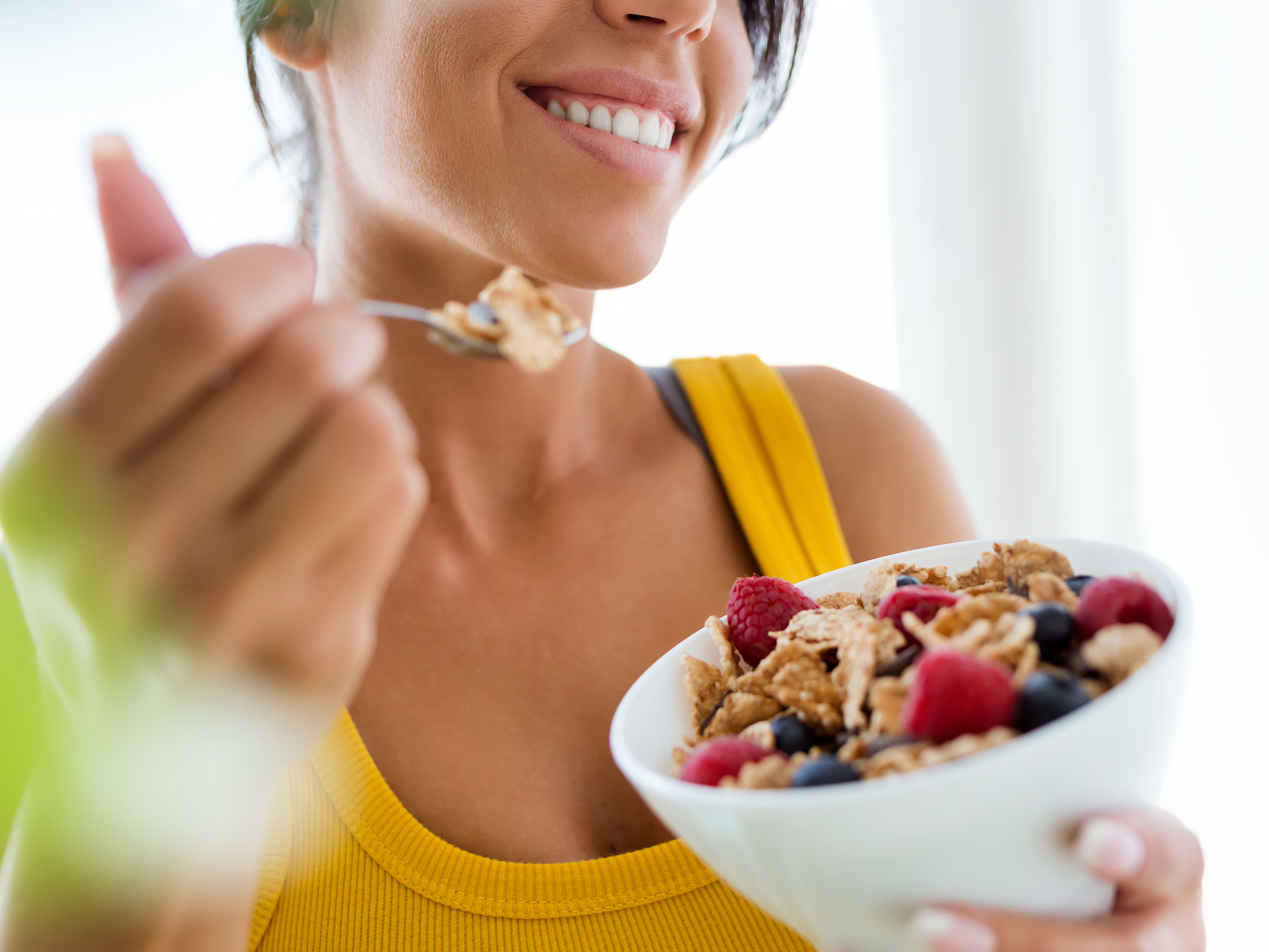Get Easy Health Digest™ in your inbox and don’t miss a thing when you subscribe today. Plus, get the free bonus report, Mother Nature’s Tips, Tricks and Remedies for Cholesterol, Blood Pressure & Blood Sugar as my way of saying welcome to the community!
What you’re NOT eating could kill you

Most of the time, when we look at dietary factors that contribute to disease, we focus on the things we get too much of — red meat, highly processed items, trans fats.
But a study that was just published looking at dietary patterns across the globe found that what we’re NOT eating could be just as detrimental to health.
Poor diet has become a leading cause of death and disability worldwide. In 2017, one in every 5 deaths could be attributed to diet. That’s over 11 million deaths — 10 million of which were due to heart disease.
And who was most at risk? People who didn’t get enough fruit or whole grains in their diet.
So much for Keto and for high protein-focused eating plans, both of which shun grains and fruit.
Despite its popularity, this recent information, along with studies that focused primarily on the Keto diet, seem to point to a keto catastrophe.
But even if you’re not on that bandwagon, and think you’re doing a good job of eating your fruits and grains, there’s a big possibility you’re still cutting yourself short…
The right and wrong ways to eat fruit and grains
If you want to avoid the risk associated with eating too little grain or fruit, it’s not enough to eat something labeled as whole grain or as containing fruit. It’s really about eating those items as close to their original form as possible.
That means for fruit, eat the apple, not the apple sauce or apple juice — or apple pie. For whole grains, eat the whole grain. That means steel-cut oats, not oat-based puffed cereals or oatmeal cookies. This is important because the whole food contains nutrients which may be vital to the health-promoting properties of that food — but could get lost in processing.
Related: Are carbohydrates healthy?
Here’s another way to think of it: Steel cut oats are whole oat seeds that have been cut in half or in thirds so we can actually digest them. But they’re still essentially whole seeds. And if you put a whole oat seed into the ground, you get a plant.
That seed has all the necessary components to support life. Wow. That’s pretty amazing.
In stark contrast, there’s no amount of Cheerios you can put into the ground and get a plant. Something is missing — no matter how vitamin or mineral fortified that cereal is. This is one of the reasons we try to pack as many whole-food ingredients as we can into Step One Foods — to ensure you’re getting the fullest spectrum of nutrients possible.
Now, what about bread?
I get this question often when I talk to patients.
Bread has not always been evil. In fact, it’s been a staple of most civilizations for millennia. But the bread of generations past was very different than what we’re used to eating today.
So, eat like your great, great, great grandparents and make sure you choose the most sawdust-like bread you can still enjoy, with as much visible grain/seeds as possible — and eat it in reasonable quantities.
And remember, increasing your intake of fruits and whole grains does not mean you now get to ignore everything else in your diet. An eating plan that’s high in meat and dairy, as well as highly processed foods, is still counterproductive to health no matter how much fruit and sawdust-y bread you add.
And remember to eat real (as in “whole”) food. Not too much. Mostly plants (includes fruit).
This advice never gets old. And it summarizes, pretty much, every dietary study that comes out.













